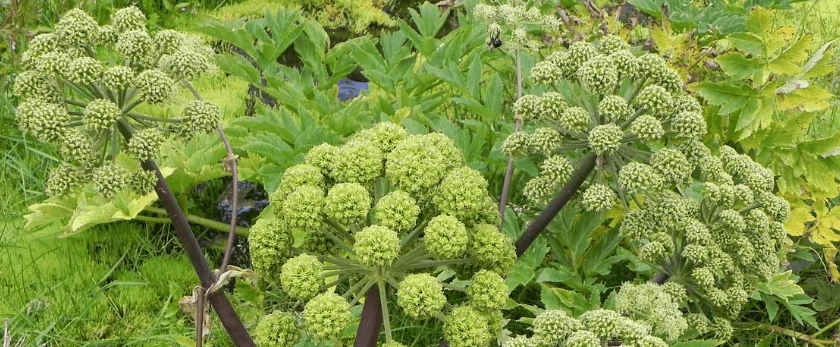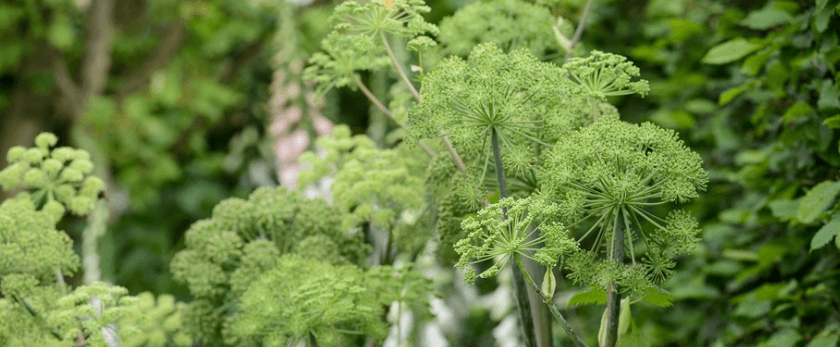Angelica, also known as wild celery, is a versatile herb that has been used for centuries in traditional medicine and culinary practices. With its tall, sturdy stalks and delicate white flowers, it adds a touch of beauty to any garden. But beyond its aesthetic appeal, angelica also offers a range of health benefits and can be used in a variety of dishes. In this article, we will discuss how to grow angelica and care for it, as well as the best time to grow it and common problems that may arise.
How to Care for Angelica
Angelica is a hardy plant that can thrive in a variety of conditions. However, to ensure its optimal growth and health, it is important to provide it with the right care. Here are some key factors to consider when caring for angelica:
Watering
Angelica requires consistent moisture to grow, but it is important not to overwater it. The soil should be kept consistently moist, but not waterlogged. A good rule of thumb is to water the plant deeply once a week, allowing the top inch of soil to dry out between waterings. During hot and dry weather, you may need to water more frequently.
Light
Angelica prefers partial shade to full sun, making it an ideal plant for gardens with varying levels of sunlight. It can also tolerate full shade, but this may result in slower growth and smaller leaves. If you are growing angelica indoors, place it near a window that receives indirect sunlight.
Soil
Angelica thrives in rich, well-draining soil. It is important to ensure that the soil is loose and well-aerated, as compacted soil can hinder the plant's growth. You can amend the soil with compost or well-rotted manure to provide the plant with the necessary nutrients.
Fertilizer
Angelica is a heavy feeder and requires regular fertilization to grow. You can use a balanced organic fertilizer once a month during the growing season to provide the plant with the necessary nutrients. Avoid using chemical fertilizers, as they can harm the plant and the environment.
Pruning
Pruning is an essential part of caring for angelica. It helps to promote healthy growth and prevents the plant from becoming too leggy. You can prune the plant in early spring by cutting back any dead or damaged stems. You can also prune the plant after it has flowered to encourage new growth.

What is the Best Time to Grow Angelica?
The best time to grow angelica is in the spring, after the last frost has passed. This will give the plant enough time to establish itself before the hot summer months. You can also sow the seeds in the fall, but they may not germinate until the following spring.
Common Problems with Angelica
While angelica is a hardy plant, it can still face some common problems. Here are some issues you may encounter when growing angelica and how to address them:
- Pests: Angelica is susceptible to aphids, slugs, and snails. You can control these pests by handpicking them or using organic pest control methods.
- Diseases: Angelica can be affected by fungal diseases such as powdery mildew and rust. To prevent these diseases, ensure good air circulation around the plant and avoid overhead watering.
- Bolting: Bolting is when the plant produces flowers prematurely, resulting in smaller leaves and a shorter lifespan. To prevent bolting, keep the plant in partial shade and prune it regularly.
- Root rot: Overwatering or poorly draining soil can lead to root rot in angelica. To prevent this, ensure the soil is well-draining and water the plant only when necessary.
Conclusion
Growing angelica is a rewarding experience that can add beauty and flavor to your garden. By following the care tips outlined in this article, you can ensure that your angelica plant thrives and provides you with a bountiful harvest. Remember to always use organic and sustainable methods when caring for your plant, and dispose of any waste responsibly to contribute to a greener, more eco-friendly future. Happy growing!










